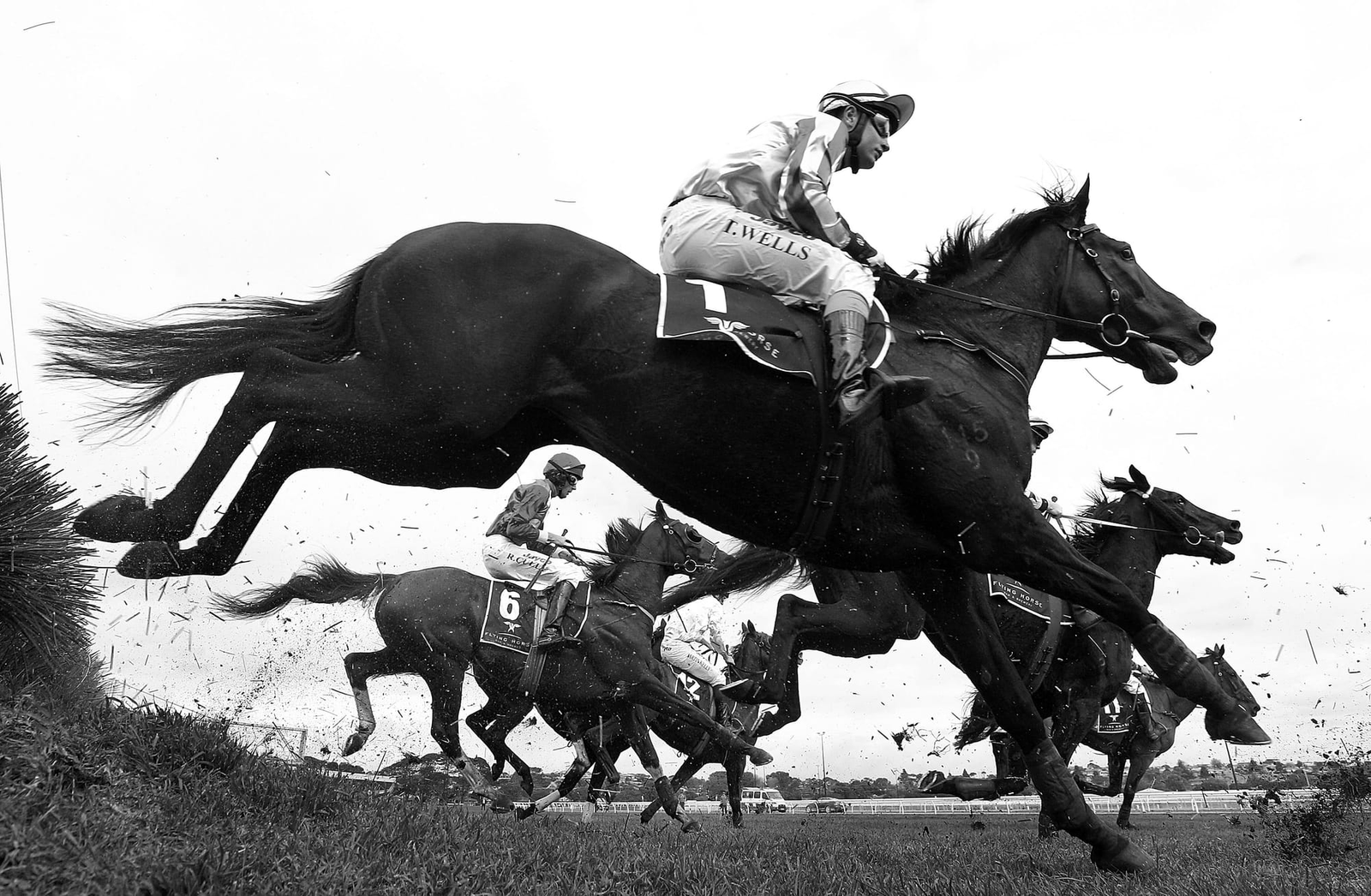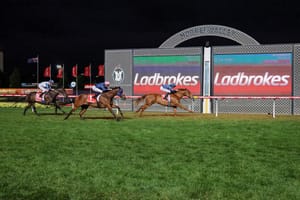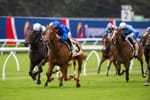Over the past two winter Sundays in Victoria, Sandown and Casterton have hosted spectacular jumps racing, embraced by rugged-up diehards on the hill, history and, in the latter’s case, live hedges.
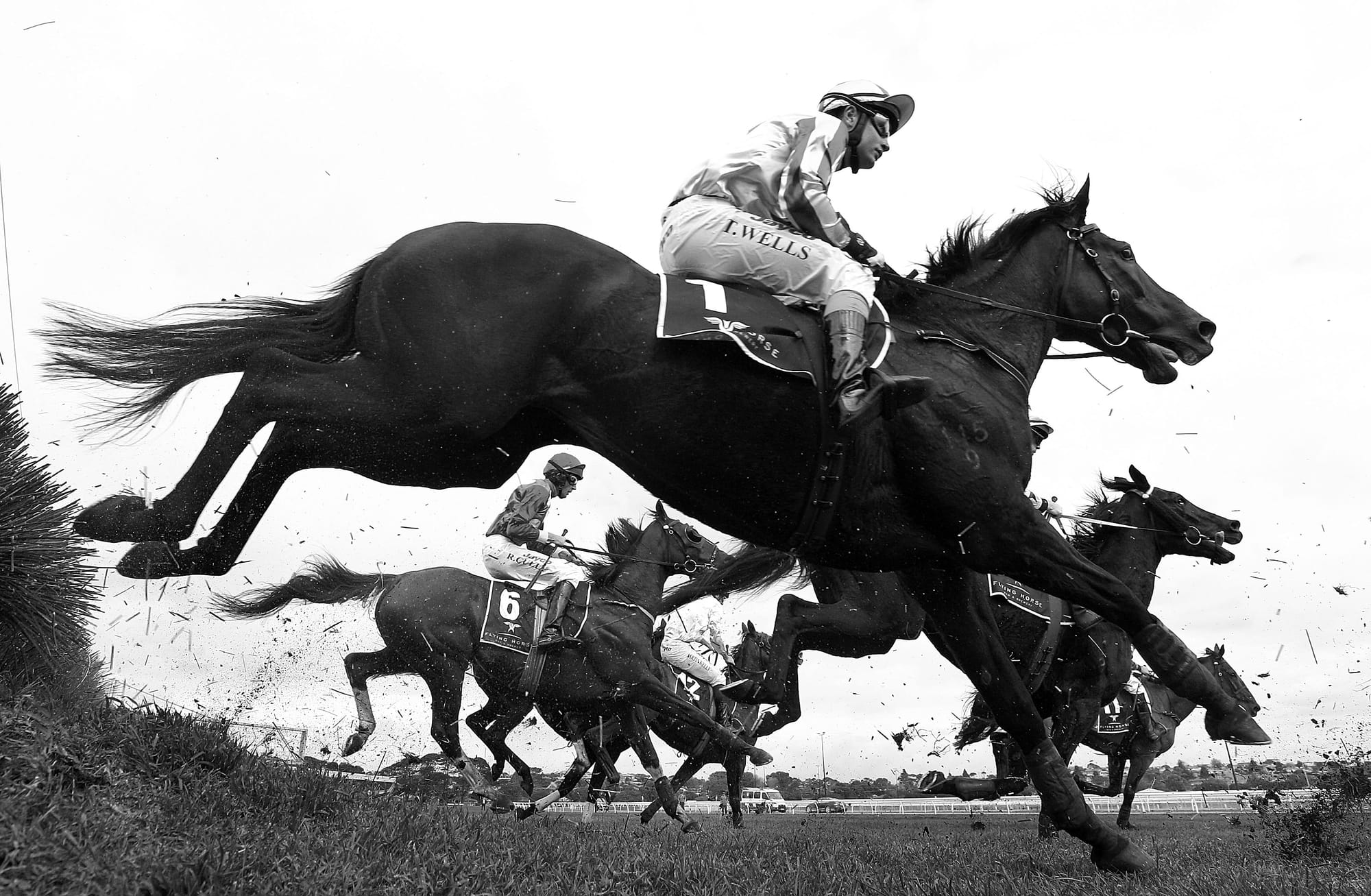
The Warrnambool May carnival, with its strong crowds, deep competition, unique Grand Annual Steeplechase and attractive purses, is still a fresh memory and a comforting one for the tight-knit jumps community.
There is a strong sense of clear air.
But it doesn’t take much to put a time stamp on even the most glorious histories. Relatively low wagering and reduced but still on-going horse fatalities means even Victorian jumps racing, the last man standing in this region, will always be glancing over its shoulder.
It will also be aware of what’s happened and happening around it.
New Zealand once had a thriving jumps industry, so did Tasmania and South Australia. Like Victoria, they had coveted history and historic engagement.
The first New Zealand jumps race was staged at Wellington in 1841.
That date may prove a bookend.
Last week it was announced that New Zealand Thoroughbred Racing had issued a consultation paper regarding the future of jumps racing. New Zealand concerns echo those that led to the abandonment of jumps racing in Tasmania and South Australia. Not the dreaded ‘social licence’ but dwindling participation.
There is talk of a managed shutting down of the sport, which echoes the Victorian scenario in 2009 where a spate of fatalities at the Warrnambool May carnival led to the suspension of the sport and a transition-out strategy from Racing Victoria.
A rear-guard action that led to new KPIs, including improvements in the obstacles and a greater focus on horse welfare, saved jumps from the gallows and led to a remarkable era of improved safety, followed by prizemoney injections and increased participation.
Stars of the main game, flat racing, were attracted to the resurgent cousin. Gai Waterhouse and her horses have become part of the legend of Warrnambool in May.
Other states had dabbled in jumps racing. Queensland had it until the late 19th Century, Perth staged just one edition of the Perth Steeplechase (in 1877) and ran out of horses and humans by the 1930s. Bob Peters, the wealthy Perth owner of last Sunday’s Grand National Hurdle winner Affluential, fondly recalled a novelty jumps race run at Ascot in the late 1970s.
Tasmania abandoned it after 190 years in 2007 and Oakbank, which first staged its Great Eastern Steeplechase in 1876, ran its last jumps race in 2022, as did the rest of South Australia.
It is the contemporary demise of the jumps in Tasmania and South Australia – and the very real threat to it in New Zealand – that either makes the Victorian resurgence an anomaly and proof it has fended off all threats via self-improvement, or the last domino to fall.

Participation is key but not everything. Horse racing all around the world is under unprecedented threat. Horse welfare and gambling put social licence – a term we now hear often – under constant scrutiny.
In New Zealand, participation halved in the last decade. South Australia had been whittled to a mere handful of horses and jumps trainers. Victorian trainers’ raids on SA prize money grew tiresome for local administrators.
Racing Victoria does not believe its jumps industry will be the last domino to fall. It reviews the sport after each jumps season and is mindful of sensitivities to wagering and welfare. An RV spokesperson said the process “reviews a range of metrics and operations”.
The spokesperson added: “Jumps racing is a unique feature of the Victorian racing calendar in autumn and winter. RV’s commitment to the sport has been underpinned by appropriate safety standards and industry support being maintained.
“All within the Victorian jumps racing community are committed to making the sport as safe as it can be and have worked hard to do so across the past 15 years since major safety enhancements were first made in 2010 before being improved again in 2019 with new technology.”
Wagering on jumps racing has averaged about $60 million across the past two seasons (2022-23). This is about half of comparable flat races but RV stipulates that the requirement to stage these races at non-peak times – as in early in the day and not on premium timeslots, mostly Sundays – means the comparison is not apples and apples.
That said, wagering revenue has become RV's greatest focus as it attempts to arrest a significant post-COVID decline. Like the flat, jumps turnover is expected to drop this year.
Across jumps trials and races, 11 horses perished in the three seasons prior to 2024 and six have been lost this season (four in races), a slight but unwelcome spike.
The fatality rate has dropped considerably since that bleak era just before and including 2009. A 1.04 per cent fatality rate has dropped to 0.39 per cent.
An RV spokesperson said increased focus on animal welfare – an issue raised often in recent times, including at an on-going NSW parliamentary inquiry – had not increased the pressure on jumps racing.
“It’s been under this level of scrutiny for over a decade, since the dramas back in 2009,” the spokesman said. “And in that time the sport has done incredibly well to make enormous improvements.”
Jumps racing is horse racing’s edgy cousin.
Supporters point to the sheer exhilaration of it.
On SEN, John O’Neill, part-owner of over 30 Group One winners on the flat, described top jumping as “wonderful” and entitled to an assured future.
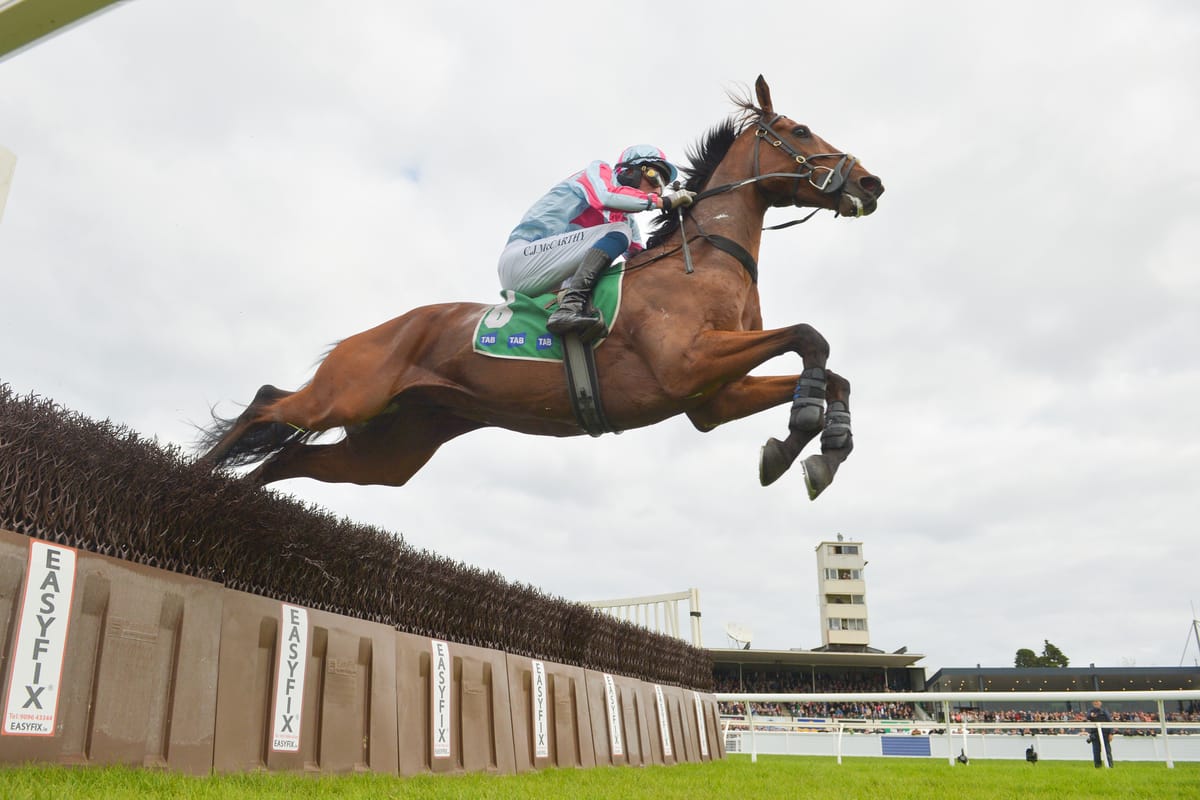
Stern Idol and Affluential took our breath away at Sandown and that picturesque live hedge circuit at Casterton attracts fans from all over the state.
I was among them. It’s long been on my bucket list.
The Great Western Steeplechase had been shifted from rained-out Coleraine to nearby Casterton, famous as the “home” of the kelpie and grand jumps races.
The Great Western was first run in 1858 and is Australia’s oldest ongoing steeplechase. Adam Lindsay Gordon and others waxed lyrical about it.
"All within the Victorian jumps racing community are committed to making the sport as safe as it can be and have worked hard to do so across the past 15 years ... " - Racing Victoria
The clear air of Victorian jumps racing is real but it is also not necessarily endless. It is a relatively small-sub industry, a clique. Horse racing all over the world is being asked to justify itself. History takes you only so far, as New Zealand is about to discover.
The last man standing has leapt off the canvas but cannot put a foot wrong.
KEY METRICS
Turnover
- Total turnover on jumps racing has averaged around $60 million per year across the past two seasons (2022 and 2023). The current season (2024) remains uncompleted for comparison but will be down on this average with turnover falling across the board year-on-year on both jumps and flat races.
- Average turnover per jumps race is roughly half the average turnover per race for non-black type flat races. It should be noted that jumps races are not conducted in premium timeslots (Saturdays, Friday Nights, Thursday Nights, Wednesdays) and are generally programmed earlier in race meetings which means that some of this differential is not unexpected.
Jumps racing overview – Last 3 completed seasons (2021-2023)
- Average number of races – 74
- Average number of starters – 600
- Average field size per season – 8.10 starters
- Average number of qualified horses per season – 252
- Average number of racing fatalities per season – 2.33 horses (7 in total)
- Average number of trial fatalities per season – 1.33 horses (4 in total)
2023 Jumps season
- Total races – 73
- Total races as a percentage of all VTR races – 1.75%
- Total prizemoney - $4.925 million
- Total prizemoney as a percentage of all VTR prizemoney and bonuses – 1.53%
- Total licensed trainers – 160
- Total licensed jockeys – 23
2024 Jumps Season
- Total programmed races – 65 prior to divisions (expected to end in the 70-72 range with two meetings to go)
- Total programmed meetings – 19 (of which 6 are exclusively for jumps riders via jumps only or jumps and highweight races)
- Total prizemoney - $4.76 million (click here to read media release)
- Total prizemoney percentage of all VTR prizemoney and bonuses on offer – 1.53%
- Total licensed trainers – 169
- Total licensed jockeys – 20
- Average field size – 7.97 starters (as at 5/8/24)
- Number of qualified horses – 221 (as at 5/8/24 with further qualifying trials at Coleraine next week)
- Number of racing fatalities – 4 (as at 5/8/24)
- Number of trial fatalities – 2 (as at 5/8/24)
Safety Record
Following is an overview of the recent safety record of Victorian jumps racing:
- In the three seasons (2007-2009) before the first major safety enhancements, the fatal incident rate averaged 1.04% of starters per season

